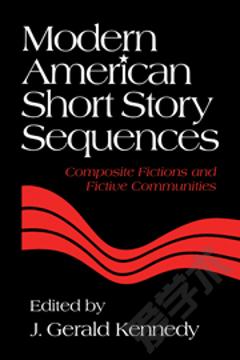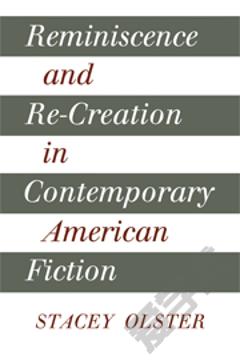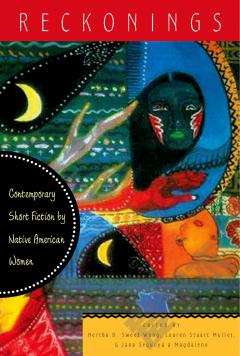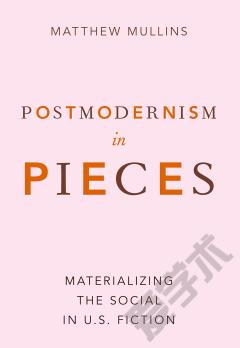Modern American Short Story Sequences: Composite Fictions and Fictive Communities
Originally published in 1995, this book gathers together eleven full-length essays on important American short story sequences of the twentieth century. The introduction by J. Gerald Kennedy elucidates problems of defining the genre, cites notable instances of the form (such as Sherwood Anderson's Winesburg, Ohio), and explores the implications of its modern emergence and popularity. Subsequent essays discuss illustrative works by such figures as Henry James, Jean Toomer, Ernest Hemingway, Richard Wright, William Faulkner, Eudora Welty, J. D. Salinger, John Cheever, John Updike, Louise Erdrich, and Raymond Carver. While examining distinctive thematic concerns, each essay also considers implications of form and arrangement in the construction of composite fictions that often produce the illusion of a fictive community.
{{comment.content}}








 京公网安备 11010802027623号
京公网安备 11010802027623号